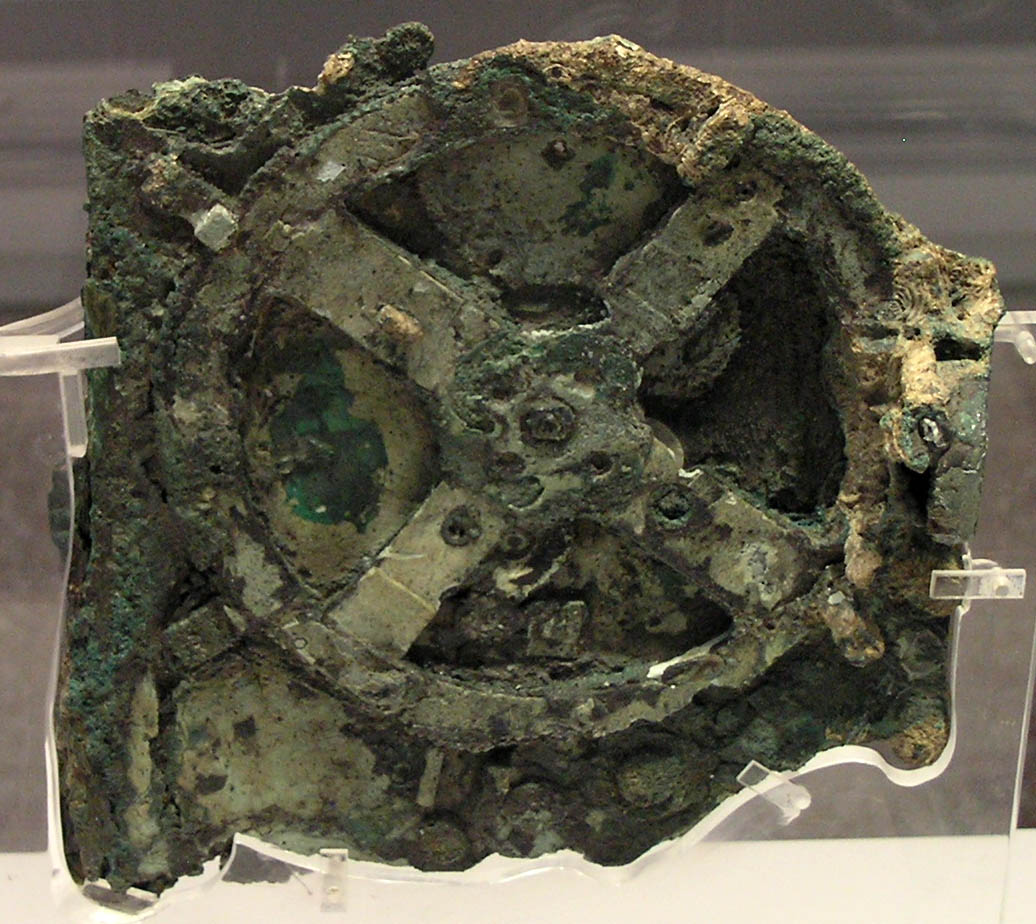|
Triquetrum (astronomy)
The triquetrum (derived from the Latin ''tri-'' three"and ''quetrum'' cornered" was the medieval name for an ancient astronomical instrument first described by Ptolemy (''c.'' 90–''c.'' 168) in the ''Almagest'' (V. 12). Also known as ''Parallactic Rulers'', it was used for determining altitudes of heavenly bodies. Ptolemy calls it a "''parallactic instrument''" and seems to have used it to determine the zenith distance and parallax of the Moon.Kelley, D., Milone, E., (2005), ''Exploring Ancient Skies: An Encyclopedic Survey of Archaeoastronomy'', pages 77-79. Birkhäuser.Gassendi, P., Thill, O., (2002) ''The Life of Copernicus (1473-1543)'', pages 118-120. Xulon Press. Design The triquetrum performed the same function as the quadrant and was devised to overcome the difficulty of graduating arcs and circles. It consisted of a vertical post with a graduated scale and two pivoted arms hinged at the top and bottom, the upper arm carrying sights. The two arms were joined so that ... [...More Info...] [...Related Items...] OR: [Wikipedia] [Google] [Baidu] |
Astrolabe
An astrolabe ( grc, ἀστρολάβος ; ar, ٱلأَسْطُرلاب ; persian, ستارهیاب ) is an ancient astronomical instrument that was a handheld model of the universe. Its various functions also make it an elaborate inclinometer and an analog calculation device capable of working out several kinds of problems in astronomy. In its simplest form it is a metal disc with a pattern of wires, cutouts, and perforations that allows a user to calculate astronomical positions precisely. Historically used by astronomers, it is able to measure the altitude above the horizon of a celestial body, day or night; it can be used to identify stars or planets, to determine local latitude given local time (and vice versa), to survey, or to triangulate. It was used in classical antiquity, the Islamic Golden Age, the European Middle Ages and the Age of Discovery for all these purposes. The astrolabe's importance comes not only from the early developments into the study of astron ... [...More Info...] [...Related Items...] OR: [Wikipedia] [Google] [Baidu] |
Astrometry
Astrometry is a branch of astronomy that involves precise measurements of the positions and movements of stars and other celestial bodies. It provides the kinematics and physical origin of the Solar System and this galaxy, the Milky Way. History The history of astrometry is linked to the history of star catalogues, which gave astronomers reference points for objects in the sky so they could track their movements. This can be dated back to Hipparchus, who around 190 BC used the catalogue of his predecessors Timocharis and Aristillus to discover Earth's precession. In doing so, he also developed the brightness scale still in use today. Hipparchus compiled a catalogue with at least 850 stars and their positions. Hipparchus's successor, Ptolemy, included a catalogue of 1,022 stars in his work the '' Almagest'', giving their location, coordinates, and brightness. In the 10th century, Abd al-Rahman al-Sufi carried out observations on the stars and described their positions, ma ... [...More Info...] [...Related Items...] OR: [Wikipedia] [Google] [Baidu] |
Ancient Greek Astronomy
Greek astronomy is astronomy written in the Greek language in classical antiquity. Greek astronomy is understood to include the Ancient Greece, Ancient Greek, Hellenistic civilization, Hellenistic, Greco-Roman, and Late Antiquity eras. It is not limited geographically to Greece or to ethnic Greek people, Greeks, as the Greek language had become the language of scholarship throughout the Hellenistic world following the conquests of Alexander the Great, Alexander. This phase of Greek astronomy is also known as Hellenistic astronomy, while the pre-Hellenistic phase is known as Classical Greek astronomy. During the Hellenistic and Roman periods, much of the Greek and non-Greek astronomers working in the Greek tradition studied at the Musaeum, Museum and the Library of Alexandria in Ptolemaic Egypt. The development of astronomy by the Greek and notably Hellenistic astronomers is considered to be a major phase in the history of astronomy. Greek astronomy is characterized by seeking a ge ... [...More Info...] [...Related Items...] OR: [Wikipedia] [Google] [Baidu] |


